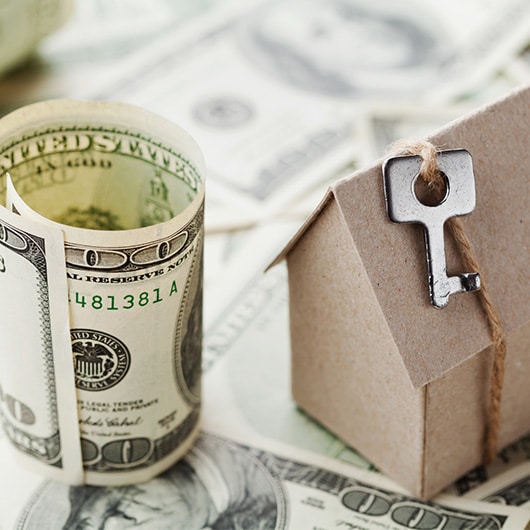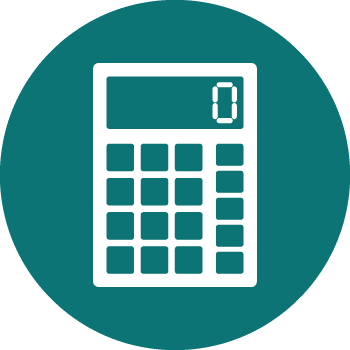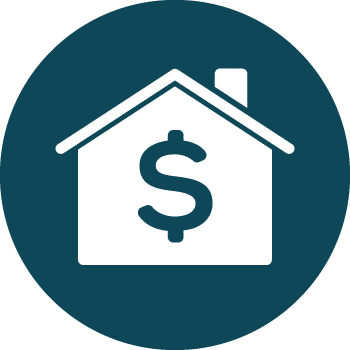Find The Best Option For You
Making the decision to refinance your house is a big one, but it’s often the right one. Especially when you have the option of accessing much lower interest rates, better loan terms, and the equity in your home. But, refinancing comes with a load of paperwork and, hopefully, a load of research before you feel comfortable making the leap. At Lending Studios, we want to make researching your refinancing options as easy as possible. That’s why we make access to tools and resources simple. The refinancing process may be complex, but finding out whether it’s the right option for you should be fairly simple.
As you likely already know, there’s a wide selection of loan options available. You can access a 15-year refinance or renew your 30-year with a new loan at better interest rates. You can access quick perks through streamline refinance options, or you can keep your equity in your home and start aggressively paying down the principal. However, depending on your specific circumstances, you may also be able to access a cash-out refinance.
What is a Cash-Out Refinance?
Just like every other type of refinancing, a cash-out refinance replaces your current mortgage with a new loan. However, it does this by creating a new mortgage that’s higher than your current outstanding loan balance. This allows you to be able to withdraw the difference between the two mortgages in cash and put that money toward whatever you’d like. This money can be used for home remodeling and increasing the value of your home, consolidating high interest debt like your student loans, or accomplishing other goals for your financial future.
Essentially, this allows you to pull out a portion of your home equity in a large sum. However, lenders usually only allow you to withdraw no more than 80% of the total value of your home. This is to ensure that you still have an equity cushion that keeps you financially protected in the future.

Already Know What You Want?
How to Gain Equity to Withdraw
A cash-out refinance requires that you have equity in your house, at least to a degree. So, the next natural question is “How do I get equity?” However, it’s not a simple answer. In general, you can gain equity in your home in two ways: the home increases in value and you pay down your mortgage principal. To gain equity through mortgage payments, you’ll have to be a fair way through your initial mortgage on the home to have much equity invested. For your home to increase in value, you can alter this through home improvements or by getting lucky in the area you buy in.

Because one of the main ways of adding equity and value to your home means large renovations, many folks turn to cash-out refinancing to pursue those opportunities. When your loan is approved and your refinance is put down in print, you can do anything you want with the cash you get from the new loan. This money is taken from the equity in your home, so for lots of people, it makes sense to put it back into the home in one way or another. However, if you’re struggling with a new ailment that requires lots of income to go straight to hospital bills or you’re trying to find money to help your child pay for college, this can be a good way to access those funds as well. It’s also a great way to pay off credit card debt. If you’re stuck under seemingly insurmountable credit debt, it could be an easy solution to trade that high interest debt for a lower interest debt by drawing out the cash to pay it off with a cash-out home refinance.
Indeed, there are many reasons why and many benefits to cash-out refinance options. After all, there’s a reason so many people refinance their homes to access the cash, the lower interest rates and other benefits from refinancing.
The Ups & Downs of Cash-Out Refinancing
Benefits of Cash-Out Refinance
Get money to invest
Lower your loan interest rate
Consolidate your debt
Finance home renovations
Potential Downsides to Cash-Out Refinance
You’re taking your home equity
The cash isn’t immediate
You’ll have to pay closing costs
Loan terms might change
You’ll need an appraisal
The Potential Benefits
Access Investment Money
Lower Interest Rates
Lower interest rates on loans are always a great idea. If you can pay less to borrow the money you need to make things work, you should take the opportunity. Indeed, that’s the precise advantage that most folks seek out when they refinance their home. Experts often advise that even 1% point less is often enough to save you a considerable amount of money and totally worth refinancing.
This strategy is often followed with the cash-out refinance for the purpose of paying down other higher interest loans. For example, if you can refinance your house for 3% interest and take cash out to pay down your student loans that have close to 6% interest. When that loan is paid off, you'll have avoided paying 3% of the interest on your student loans. Trading that for a lower interest rate on your house is, obviously, worth it as you’ll end up saving thousands of dollars in interest payments alone.
Consolidate Your Debt
Renovate Your Home
The Potential Downsides
Pulling Cash From Home Equity
Lag In Cash Payout
Closing Costs
Loan Terms
Appraisals

Explore Refinancing Options Today
Access Your Lending Options Now
Ready to dive in and get to know what your refinancing options really are? Visit lendingstudios.com to get acquainted with our various tools and resources that are designed to make the refinancing process transparent and easy. Then, we’ll help you compare rates and help you find the perfect lending option for your needs. Start off on the right foot today.
Mortgage Calculators
Quickly predict your monthly mortgage payment and interest with this customizable tool!
Mortgage Resources
Leverage the tools you need to find a borrowing solution that fits your particular needs and budget.
Mortgage FAQs
Get answers to the most commonly asked mortgage questions.




